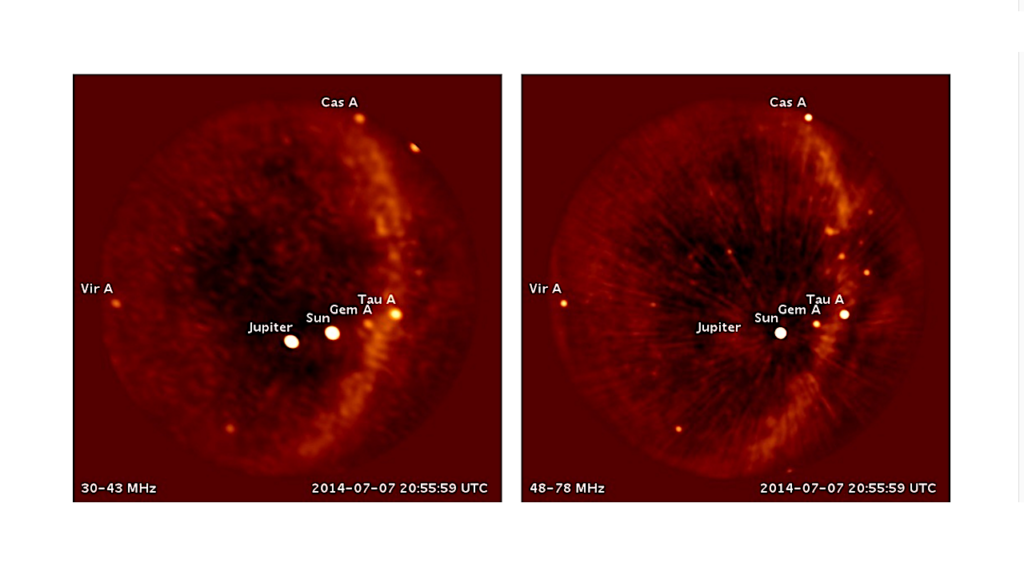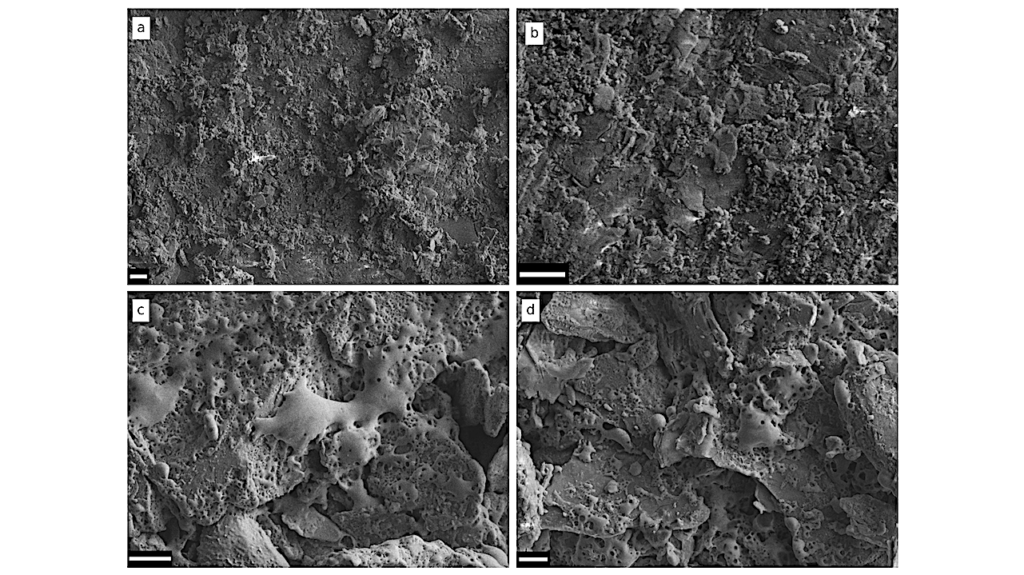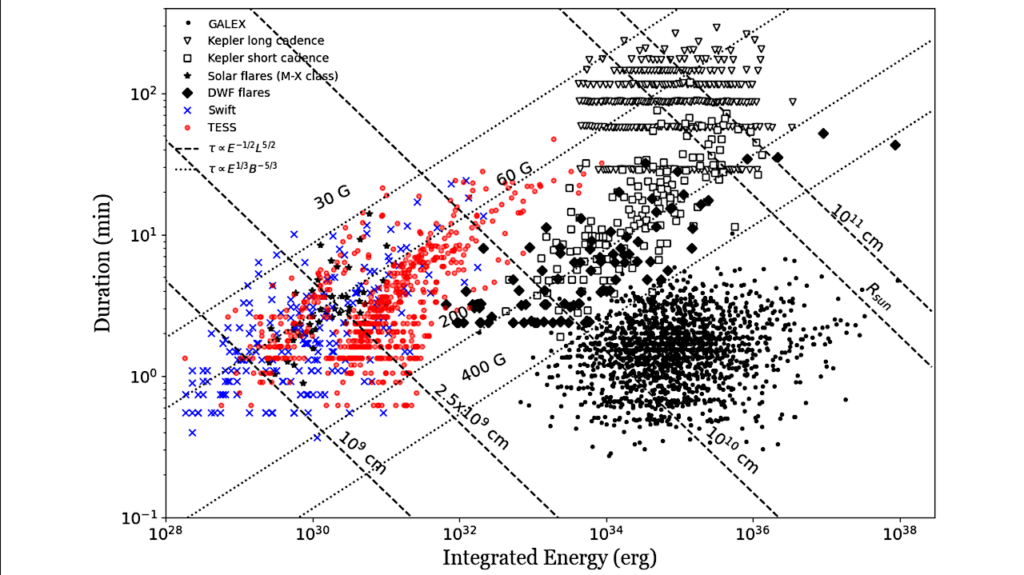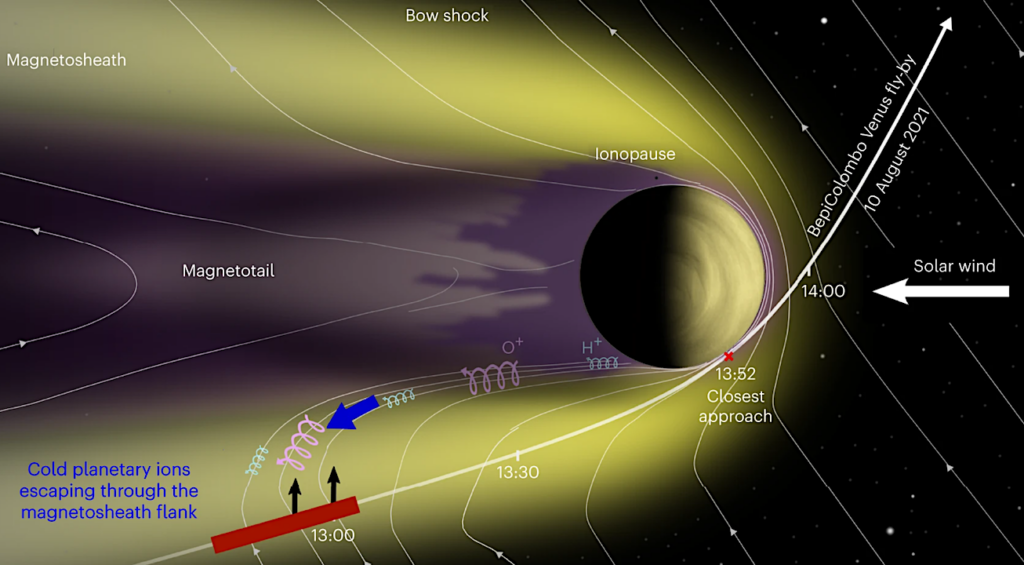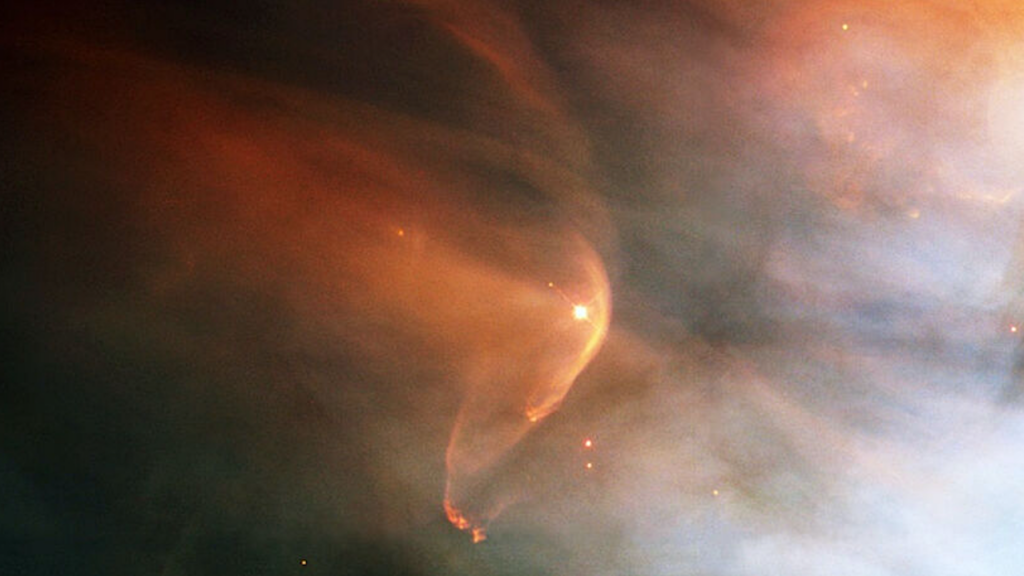Space Weather-driven Variations in Lyα Absorption Signatures of Exoplanet Atmospheric Escape: MHD Simulations and the Case of AU Mic b
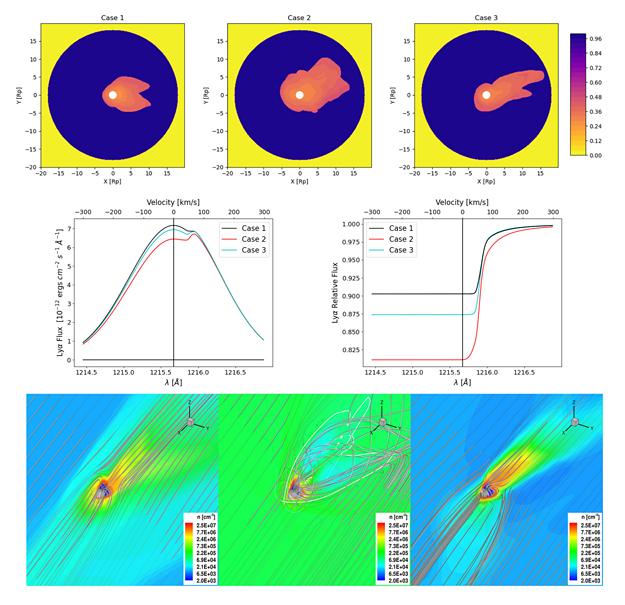
We simulate the space environment around AU Microscopii b and the interaction between the magnetized stellar wind with a planetary atmospheric outflow for ambient stellar wind conditions and Coronal Mass Ejection (CME) conditions.
We also calculate synthetic Lyα absorption due to neutral hydrogen in the ambient and the escaping planetary atmosphere affected by this interaction. We find that the Lyα absorption is highly variable due to the highly-varying stellar wind conditions. A strong Doppler blue-shift component is observed in the Lyα profile, in contradiction to the actual escape velocity observed in the simulations themselves.
This result suggest that the strong Doppler blue-shift is likely attributed to the stellar wind, not the escaping neutral atmosphere, either through its advection of neutral planetary gas, or through the creation of a fast neutral flow via charge exchange between the stellar wind ions and the planetary neutrals. Indeed, our CME simulations indicate a strong stripping of magnetospheric material from the planet, including some of the neutral escaping atmosphere.
Our simulations show that the pressure around close-in exoplanets is not much lower, and may be even higher, than the pressure at the top of the planetary atmosphere. Thus, the neutral atmosphere is hydrodynamically escaping with a very small velocity (<15 km s−1). Moreover, our simulations show that an MHD treatment is essential in order to properly capture the coupled magnetized stellar wind and the escaping atmosphere, despite of the atmosphere being neutral. This coupling should be considered when interpreting Lyαobservations in the context of exoplanets atmospheric escape.
O. Cohen, J.D. Alvarado-Gomez, J.J. Drake, L.M. Harbach, C. Garraffo, F. Fraschetti
Comments: 21 pages, ApJ
Subjects: Earth and Planetary Astrophysics (astro-ph.EP); Solar and Stellar Astrophysics (astro-ph.SR)
Cite as: arXiv:2205.08900 [astro-ph.EP] (or arXiv:2205.08900v1 [astro-ph.EP] for this version)
Submission history
From: Ofer Cohen Dr.
[v1] Wed, 18 May 2022 12:41:02 UTC (4,125 KB)
https://arxiv.org/abs/2205.08900
Astrobiology



